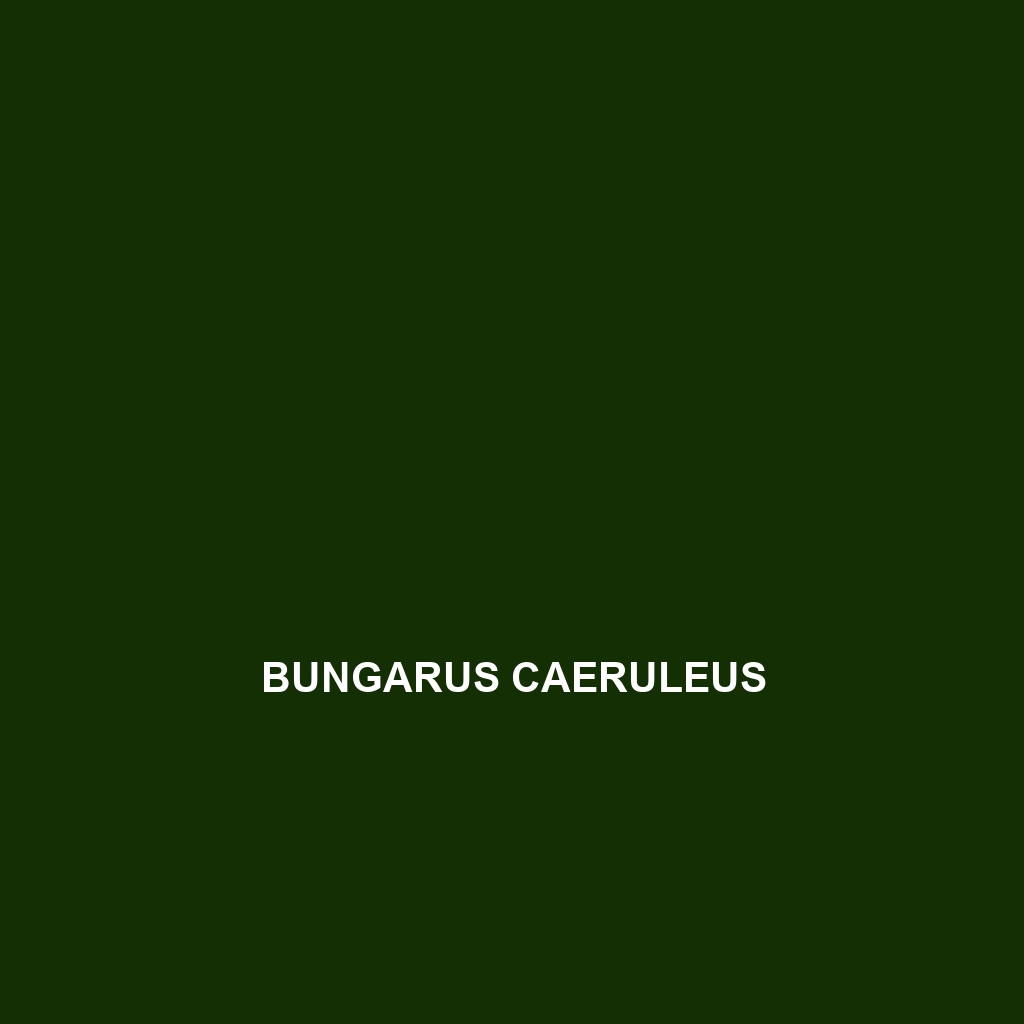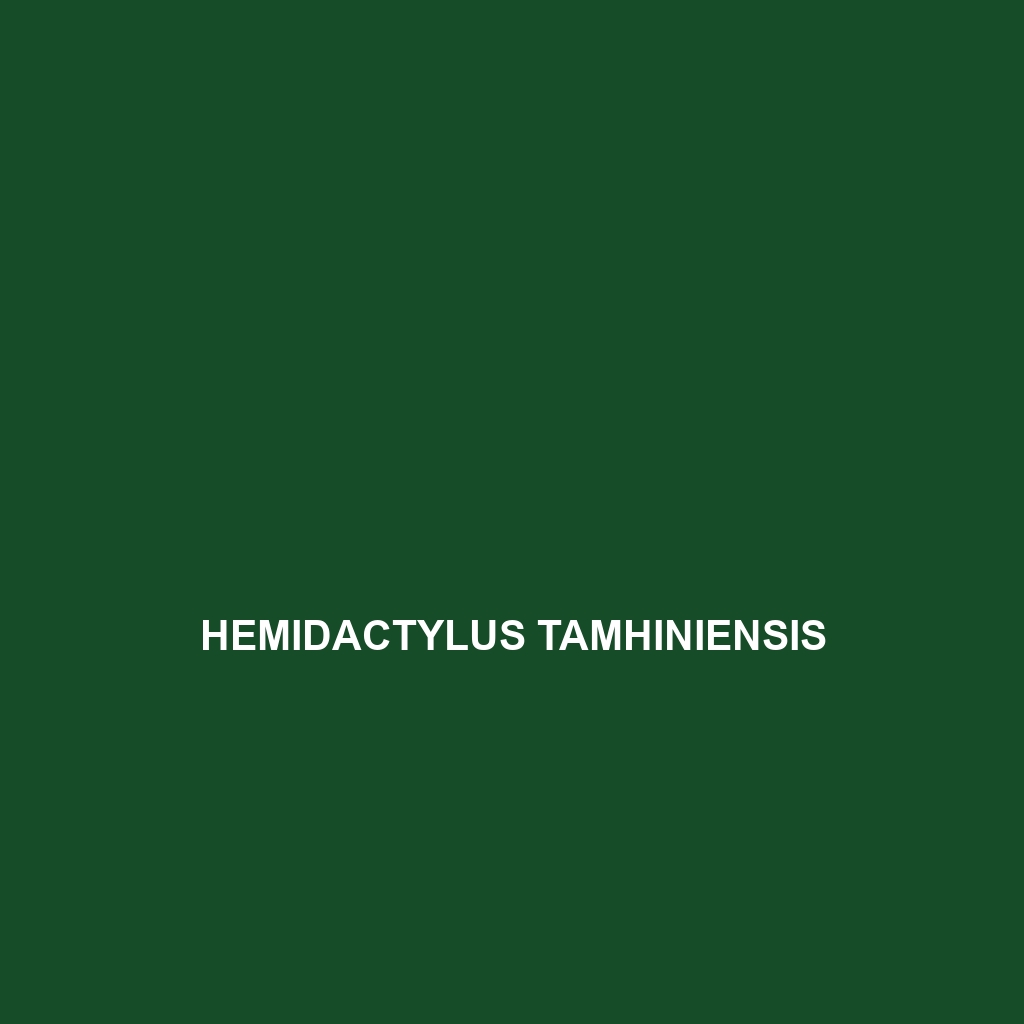-

Caiman crocodilus
Discover the Spectacled Caiman (Caiman crocodilus), a fascinating reptile native to freshwater habitats in Central and South America, characterized by its distinctive facial markings, adaptability in diet, and exceptional maternal care. Standing up to 3 meters long, it plays a vital role in maintaining ecological balance as both a predator and prey.
-

Bungarus suzhenae
Bungarus suzhenae, or Suzhena’s krait, is a slender, venomous snake native to southeastern Asia, characterized by its striking black or dark brown coloration with pale yellow bands. Primarily nocturnal, it preys on small mammals and amphibians, playing a crucial role in its ecosystem while currently facing threats from habitat loss and illegal wildlife trade.
-

Bungarus caeruleus
The Bungarus caeruleus, commonly known as the blue krait, is a nocturnal snake native to Southeast Asia, recognized for its striking dark blue to black coloration and white or yellow bands. This vulnerable species plays a vital role in its ecosystem as a predator of small reptiles and rodents.
-

Brookesia valerieae
Brookesia valerieae, also known as the leaf chameleon, is a small reptile measuring 2.5 to 3.5 cm, found in Madagascar’s montane rainforests. Notable for its effective camouflage, distinctive spiky scales, and diurnal behavior, this vulnerable species primarily feeds on insects and plays a crucial role in maintaining ecological balance.
-

Brookesia tristis
Discover the Brookesia tristis, also known as the tristis leaf chameleon, a unique and diminutive reptile native to Madagascar’s tropical forests. Measuring only 5 to 7 centimeters, this nocturnal predator exhibits remarkable camouflage to thrive in humid environments, primarily feeding on small insects and playing a vital role in its ecosystem.
-

Brookesia tedi
Discover the unique Brookesia tedi, a small chameleon native to Madagascar’s rainforests, measuring just 2.5 to 3 inches in length. With vibrant colors for camouflage and a diet of small insects, this fascinating species plays a crucial role in its ecosystem.
-

Brookesia superciliaris
The Brookesia superciliaris, commonly known as the superciliary chameleon, is one of the world’s smallest reptiles, measuring just 3 to 4 centimeters and exhibiting a stunning array of camouflage colors. Found in the rainforests of Madagascar, this diurnal species primarily feeds on small insects while playing a crucial role in its ecosystem by controlling pest…
-

Brookesia stumpffi
Discover the Brookesia stumpffi, or the world’s smallest chameleon, measuring just 2.3 centimeters and renowned for its remarkable camouflage in Madagascar’s tropical forests. This endangered species plays a crucial role in the ecosystem by preying on small insects and showcasing unique reproductive strategies in its natural habitat.
-

Brookesia perarmata
Discover the unique Brookesia perarmata, a miniature chameleon native to Madagascar’s rainforests, measuring just 3-4 cm in length. Renowned for its impressive camouflage and diurnal behavior, this vulnerable species plays a vital role in its ecosystem by controlling insect populations.
-

Brookesia lambertoni
Discover the fascinating Brookesia lambertoni, a diminutive chameleon from Madagascar known for its remarkable camouflage in rainforest undergrowth and vibrant displays during mating. This vulnerable species, measuring just 2.5 to 3.5 centimeters, plays a vital role in controlling insect populations while relying on moist habitats for reproduction.
Search
Popular Posts
-
Hemidactylus tamhiniensis
Discover the Hemidactylus tamhiniensis, also known as the Tamhini gecko, a nocturnal reptile native to the rich ecosystems of the Tamhini Ghats in India. Measuring 7 to 10 cm, this insectivorous gecko features a slender body with rough, mottled skin for excellent camouflage, playing a vital role in controlling pest populations within its habitat.
-
Hemidactylus sushilduttai
Discover the unique Hemidactylus sushilduttai, a vulnerable gecko native to the lush rainforests of India’s Western Ghats, known for its robust body, large bulging eyes, and exceptional climbing abilities. This nocturnal insectivore plays a crucial role in controlling insect populations and maintaining ecological balance within its habitat.
-
Hemidactylus stejnegeri
Hemidactylus stejnegeri, or Stejneger’s House Gecko, is a nocturnal insectivore found in tropical and urban habitats across Southeast Asia, known for its striking large eyes, adhesive toe pads, and remarkable climbing ability. Typically measuring 10 to 15 cm, this adaptable species plays a key role in controlling insect populations while displaying unique social behaviors and…
Categories
Tags
animal adaptations (816) animal behavior (4836) animal reproduction (812) behavior (919) biodiversity (7295) conservation (1670) conservation efforts (1588) conservation status (5149) diet (2099) echolocation (822) ecological balance (1736) ecological role (1582) ecology (794) ecosystem (1468) ecosystem role (2747) ecosystem roles (720) endangered species (2450) environmental conservation (745) habitat (3258) habitat conservation (990) Habitat Destruction (1164) habitat loss (3132) insectivorous reptiles (783) IUCN Red List (1623) lizard reproduction (742) nocturnal animals (2722) nocturnal behavior (2394) nocturnal reptiles (819) physical characteristics (2009) reproduction (2869) reptile behavior (742) reptile conservation (1082) reptile reproduction (768) rodent species (1325) seed dispersal (2089) Seed Disperser (963) small mammals (1166) snake diet (804) snake reproduction (860) South America (794) tropical forests (942) Vulnerable Species (4616) wildlife (2508) wildlife conservation (4874) wildlife protection (907)



